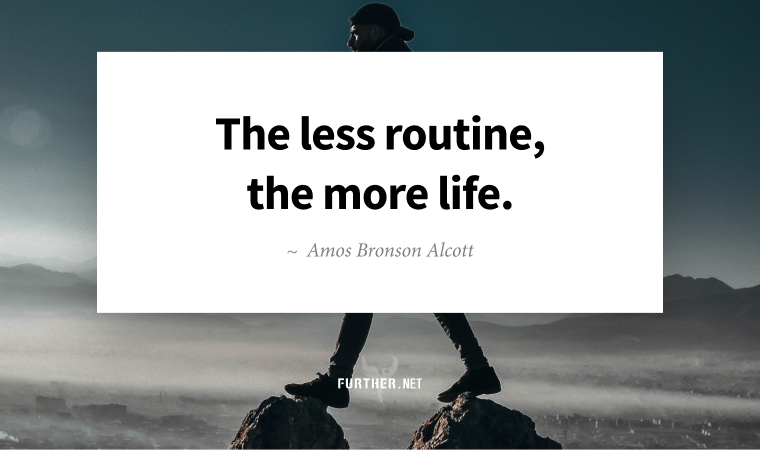
One of the most interesting things about living through a pandemic is recognizing how routine-driven we are. And the biggest routine of all is the 40-hour, five-day workweek.
For some, this is due to office jobs. Others of us unemployable types keep a similar schedule to sync with clients and colleagues. I’ll confess my old corporate training gave me an “everybody’s working for the weekend” mentality.
That falls apart once you realize relegating fun and freedom to the weekend was propagated by old-school overlords. Henry Ford started the trend in the early 1900s so his employees — his best customers — would have time to enjoy their automobiles.
In 1938 Congress passed the Fair Labor Standards Act, which as amended codified the 40-hour workweek, leading to an 8-hour workday. Employers supported the idea because weekends increased efficiency and reduced absenteeism.
Cut to our post-digital world, where for most of us, work is available 24/7. For some, 9-5 is a great way to make a living. But if it doesn’t leave space for the new experiences that support career-building factors like creativity and innovation, routines can backfire.
168 Hours to Freedom
As Lisa Firestone says in Psychology Today, “Seeking out and actively choosing novelty helps us feel more alive, engaged, and attuned to ourselves and others.”
Enter the 168-hour cycle (that’s the number of hours in an entire week). The concept has been promoted by author and productivity expert Laura Vanderkam to help us time-starved, frenzied people reframe time management.
Daily rituals are great, but they are not the only way to make things happen. By being creative and looking at all 168 hours in a week, we can often find space for more things than we think. The 24-hour trap limits possibilities. Looking at 168 hours opens things up.
Shifting your perspective invites productivity boosters like novelty and spontaneity and diminishes limiting factors like unrealistic ideals of success and perfection.
The trick is to stop thinking of time in increments of a 24-hour day. Instead, embrace the 168-hour cycle.
Escape the 24-Hour Trap
To get into a groove, Vanderkam suggests keeping a journal of all you do in a week. Then look for the aha moments, where time spent is wasted, for example, scrolling through social feeds vs. nourishing your brain and body with a hike or yoga.
Writer Ash Jurberg, who broke free of his routines using Vanderkam’s approach, takes it a step further by recommending you write down work, fitness, and personal goals for each cycle. For example, his typical cycle includes writing five articles, taking ten dog walks and doing four rowing sessions, with regular post-workout breathwork.
How you organize your time is up to you. Just be sure to evaluate after each cycle. Did you achieve your objectives? Have fun? Enjoy more creativity, productivity, and well-being?
Regardless of the outcome, the 168-cycle is an excellent reminder that whatever you do, time is on your side. If you’re the one in control of it, that is.
The 24-Hour Trap: Rethinking Daily Habits | Fast Company
I Quit Daily Routines and Moved to a 168 Hour Cycle and My Productivity Increased | Medium
